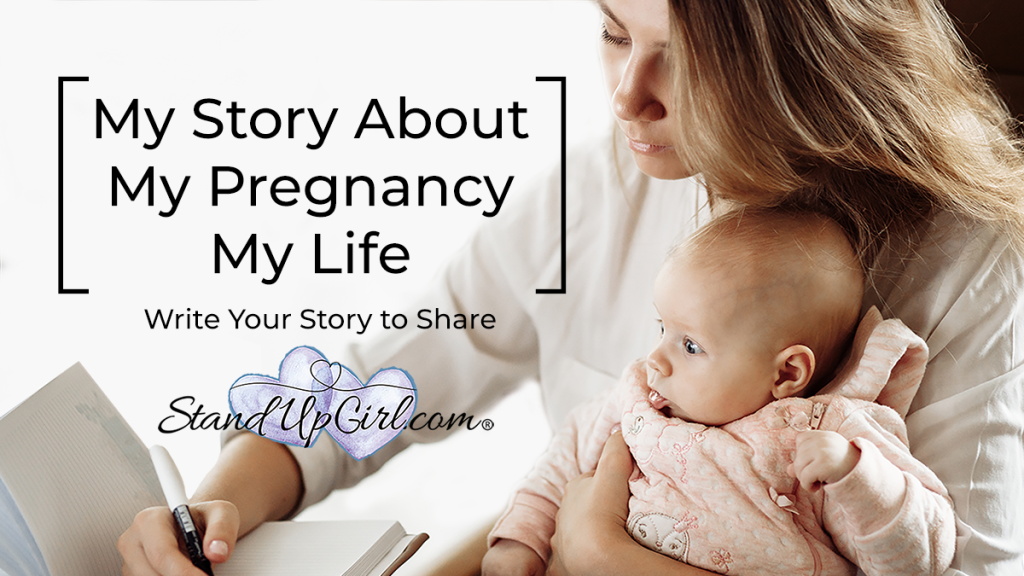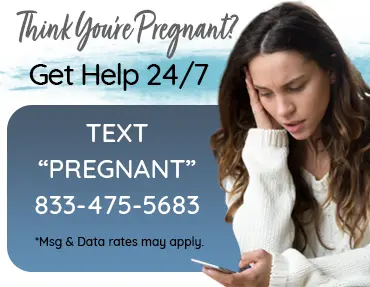Get the See Baby Grow App
You see here and the short clips below are taken from The Biology of Prenatal Development (Copyright, Education Resource Fund (www.ERF.science). This is, without question, the most powerful imagery that exists of the unborn child. The Biology of Prenatal Development is a video project we have been involved in for many years along with the Education Resource Fund. The clips below can and should be shared far and wide.
We encourage pro-life groups and individuals to use these images below of the developing child, keeping in mind the words that pollster Harrison Hickman spoke to the 1989 conference of the National Abortion Rights Action League, “Nothing has been as damaging to our cause as the advances in technology which have allowed pictures of the developing fetus, because people now talk about that fetus in much different terms than they did fifteen years ago. They talk about it as a human being, which is not something that I have an easy answer how to cure.”
See Dr. Thomas Hilgers video of a Picture Dictionary of Life in the Womb. www.KnowReality.us
The Education Resource Fund (ERF) recently announced an extraordinary new series of pregnancy-related science documentaries which illustrate the biology of prenatal development using sophisticated medical imaging technologies and procedures which enable researchers to visualize embryos and fetuses, alive in the uterus, with never-before seen clarity.
Read full article here
A new App has also been developed. Get the App below and go to the website at ERF.Science to see more powerful images.
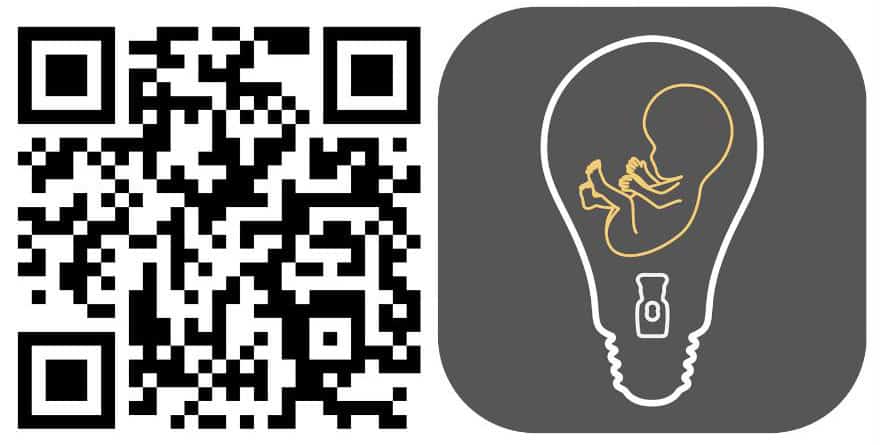
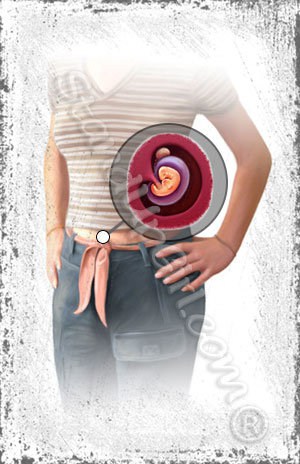
This image is copyrighted StandUpGirl.com
Fertilization! The sperm and egg join in your Fallopian tube to form a unique human being. That’s 46 combined chromosomes which pre-determines all of a person’s physical characteristics.
Washed into your uterus, the developing embryo searches for a nice place to implant and is only one-sixth of an inch long, but growing quickly.
The heart, no larger than a poppy seed, has been beating since day 18 when you’re just four days late for your menstrual period, and by 21 days it is pumping, through its own closed circulatory system, blood whose type is different from yours.
Four weeks after fertilization the eye, ear and respiratory systems begin to form. Thumb-sucking has been photographed within the first trimester, at 9 to 12 weeks, by scientists.
Did ya know?
The baby at the fetal stage savors its mother’s meals, first picking up the food tastes of a culture in the womb. And you wondered why you love spicy food so much!
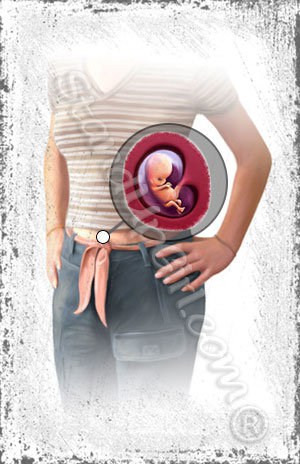
This image is copyrighted StandUpGirl.com
By 8 weeks the embryo grows to 1/2 an inch, the major muscles system develops and she moves gracefully like a good swimmer although you can’t feel it yet.
This tiny human is perfectly developed with long, tapering fingers, feet and toes and whose skin is almost transparent with a highway of delicate arteries and veins visible to the ends of the fingers.
By 10 weeks, 20 tiny baby teeth are forming in the gums, she squints, swallows, moves her tongue, and if you stroke her palm, will make a tight fist. The toes will develop in the next few days and brain waves can be measured and she will react to loud noises.
Did ya know?
By nine weeks the developing baby can hiccup and react to load noises. This might explain why I still hiccup at loud concerts
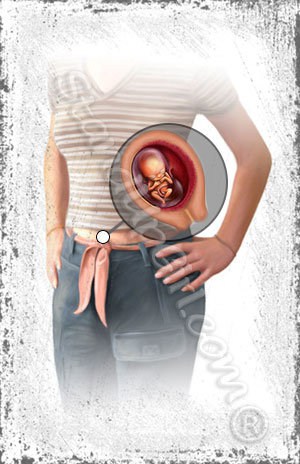
This image is copyrighted StandUpGirl.com
By the second trimester, your baby is now in its fetal stage and measures 2 1/2 to 3 inches in length. Fully formed the heart rate can be heard with a special instrument called a Doppler and just as adults, the fetal baby can experience the rapid eye movement (REM) sleep of dreams.
From 12 weeks, they can stretch, kick and leap around the womb – well before the mother can feel movement.
The body is more complex than ours. The fetal baby has several extra parts to his body which he needs only so long as he lives inside his mother. He has is own space capsule, the amniotic sac. He has his own lifeline, the umbilical cord, and he has his own root system, the placenta. These all belong to the baby himself and not to his mother, all developed from his original cell.
Did ya know?
Just as adults the baby at the fetal stage experiences the rapid eye movement (REM) sleep of dreams. Okay… why did you say you like REM’s music?
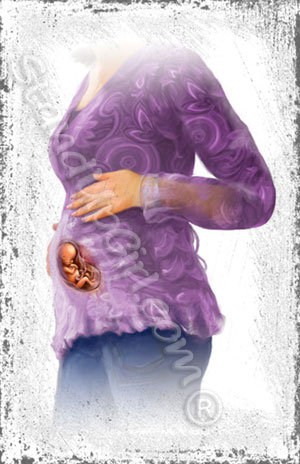
This image is copyrighted StandUpGirl.com
Your baby is coated with soft downy hair called “lanugo” and comes in at about 6 inches in length and weighing 6 to 7 ounces.
Fine hair, eyelashes, and fingerprints are all complete and this girl is all made up!
Awake or asleep, the fetal baby moves 50 times or more each hour exploring her warm, wet compartment by touch.
She touches her hand to her face, places one hand on the other hand, clasps her feet, places her hand to the umbilical cord and sometimes walks around the womb by pushing off with her feet.
Did ya know?
Awake or asleep, the human fetus moves 50 times or more each hour exploring her warm, wet compartment by touch. Reports indicate she touches her hand to her face, places one hand on the other hand, clasps her feet, places her hand to the umbilical cord and sometimes walks around the womb by pushing off with her feet. Ever wonder where we got those funky dance aerobics from?
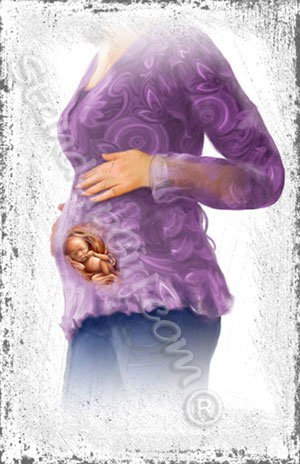
This image is copyrighted StandUpGirl.com
By 20 weeks your baby will have grown to 1 pound or 454g and though still small and fragile she can hear and recognize her mother’s voice — your voice!
You’ll be feeling the baby move even more and using an ultrasound device the doctor can tell if the child is a girl or a boy.
Although vision is the last sense to develop there is sometimes just enough light filtered through the mother’s tissue that a fetal baby can respond when the mother is in bright light.
From 18 weeks, babies can open their eyes although it was once thought eyelids were fused until 26 weeks.
Did ya know?
Although vision is the last sense to develop there is sometimes just enough light filtered through the mother’s tissue that a fetal baby can respond when the mother is in bright light, like when she sunbathes.








